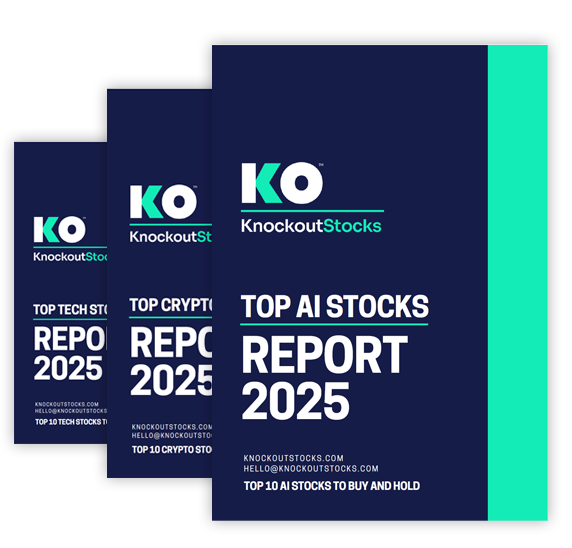TLDR
- Alphabet leads tech profitability with over $100 billion in annual net income from search and cloud operations
- Apple generates $90-100 billion yearly through iPhone sales and services with 21 analysts recommending buy ratings
- Microsoft earns strong profits from Azure cloud and enterprise software receiving “Strong Buy” analyst consensus
- Nvidia posts highest tech margins from AI chips with 65 analysts setting price targets 38% above current levels
- Meta reports surging income from digital ads with 34 of 41 analysts issuing buy recommendations
Five technology giants continue to generate the largest profits among publicly traded companies. These firms combine massive revenue scale with strong profit margins across key growth sectors.
The companies operate in cloud computing, artificial intelligence hardware, digital advertising and consumer electronics markets. Each maintains distinct competitive advantages while facing similar challenges around valuation and regulation.
Alphabet
Alphabet Inc. stands at the top with annual net income surpassing $100 billion. The Google parent earns most revenue through search advertising while expanding its cloud computing business.
Artificial intelligence investments span Alphabet’s entire product portfolio. The Motley Fool holds positions in Alphabet and recommends the stock to investors.
Most analysts maintain positive ratings on Alphabet shares. Regulatory risks and premium valuations represent the main concerns among Wall Street researchers.
Apple Maintains iPhone Ecosystem Profits
Apple Inc. reports annual net profits between $90 billion and $100 billion. The company generates revenue through iPhone sales, App Store fees, Apple Music subscriptions and wearable devices.
Strong brand loyalty allows Apple to maintain premium pricing across product categories. The integrated ecosystem of hardware and software creates customer retention.
TipRanks data shows 35 analysts covering Apple with 21 buy ratings, 12 hold ratings and 2 sell ratings. The consensus lands at “Moderate Buy” for the stock.
Several analysts note that growth expectations may already be priced into current share values. Competition in smartphone markets and China exposure represent additional risk factors.
Microsoft Cloud Business Drives Earnings
Microsoft Corporation generates tens of billions in net income annually. The Azure cloud platform accounts for significant revenue growth alongside traditional software licensing.
Enterprise customers provide stable recurring revenue through Office 365 and other subscription products. Microsoft pursues AI opportunities across its business segments.
Kiplinger ranks Microsoft at 1.21 on its “Strong Buy” scale among S&P 500 stocks. The company maintains one of the highest analyst ratings in the index.
High valuation multiples and cloud competition present challenges. Regulatory scrutiny of its market position adds another layer of risk.
Nvidia Leads AI Hardware Market
Nvidia Corporation dominates artificial intelligence chip manufacturing with industry-leading margins. Data center GPUs drive the majority of company earnings and growth.
Large technology companies buy Nvidia chips to power AI applications. The business model relies heavily on a concentrated customer base.
MarketScreener reports 65 analysts rate Nvidia as a buy with average price targets at $247.50. Current trading around $179 suggests 38% upside potential.
Export restrictions on advanced semiconductors create uncertainty. Supply chain constraints and customer concentration represent key risks.
Meta Platforms Digital Ad Revenue Surges
Meta Platforms Inc. generates strong profits from advertising on Facebook and Instagram. Recent quarters showed rising net income and robust free cash flow.
The company invests billions in AI technology and metaverse development. Advertising margins remain healthy despite economic headwinds.
TipRanks shows 41 analysts rating Meta as “Strong Buy” with 34 buy recommendations. StockAnalysis data indicates average price targets between $820 and $840.
Current price levels suggest roughly 38% upside to analyst targets. Advertising market cycles and unproven metaverse investments pose potential risks.






